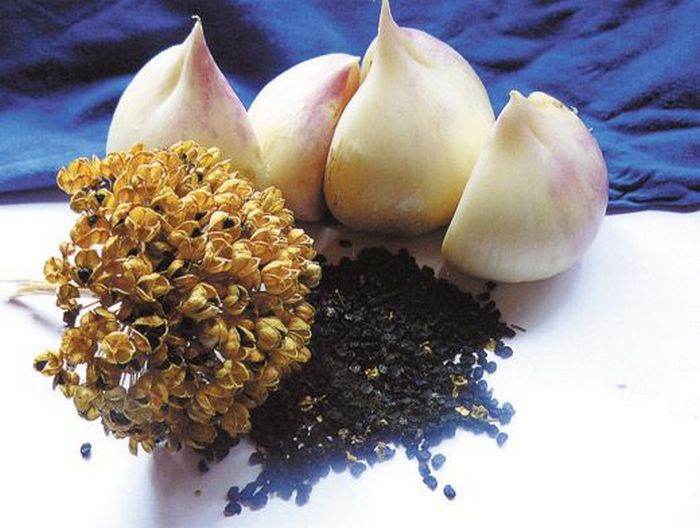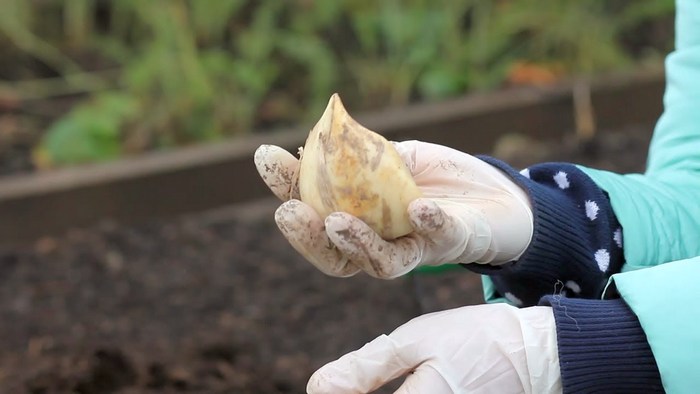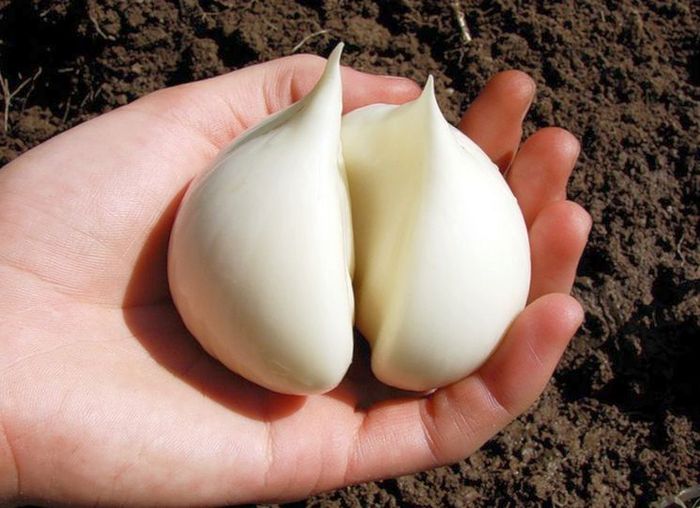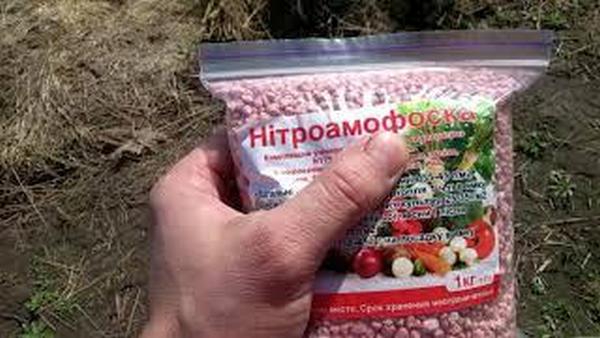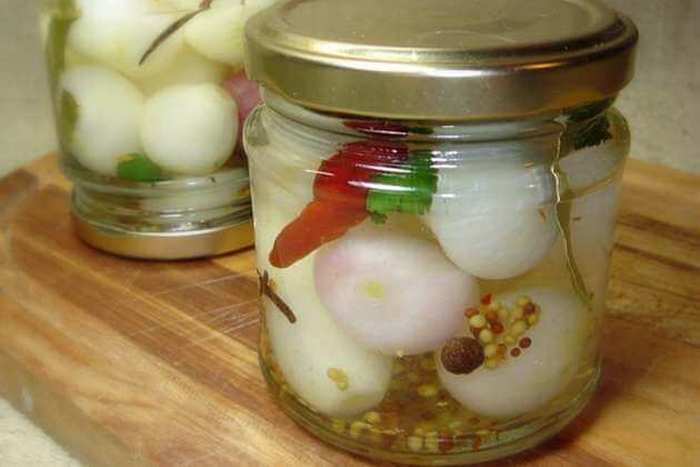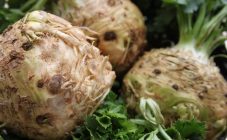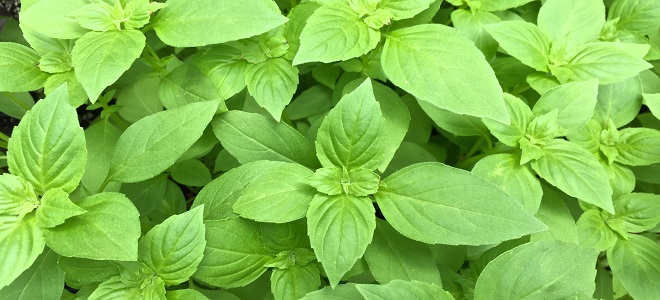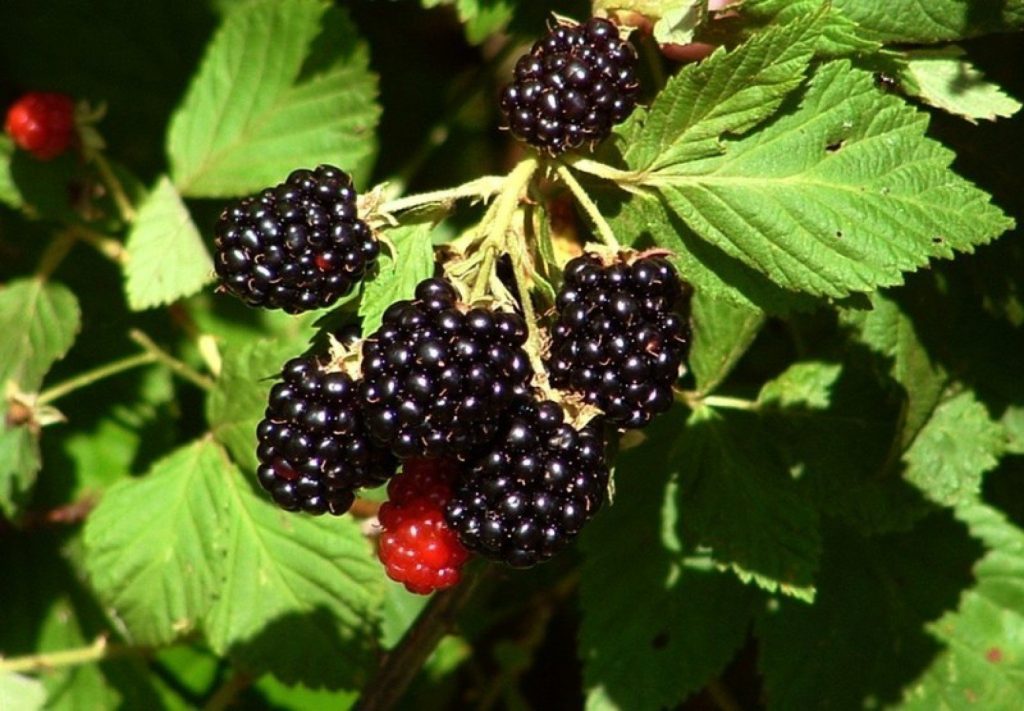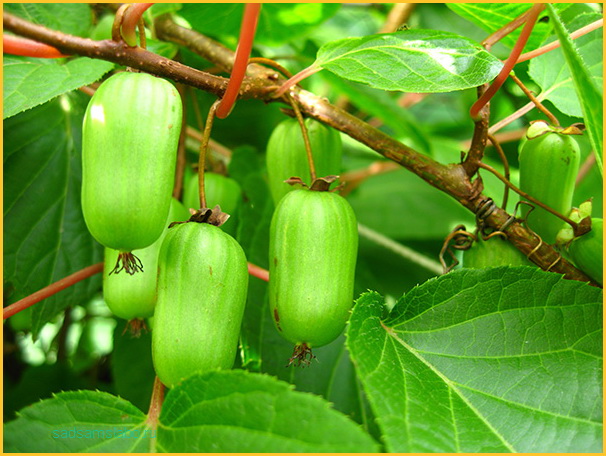Content:
Suvorov's bow attracts attention not only due to the fact that it has an unusual appearance. He also has, judging by the reviews, an excellent taste of the heads. Under natural conditions, it can be found in the mountainous areas of Asia and Altai. It did not gain great popularity and demand in the vastness of our country, because its distribution is not everywhere, but this culture, of course, deserves attention. In the east they have known him for a long time, there he is called Anzur. This article invites you to learn more about the properties of the plant and how to grow it.
Agrotechnics
Anzuruvoro bow includes 3 types of bows:
- Stem type of onion;
- Giant view;
- Suvorov's bow.
Not everyone who sees this plant for the first time immediately understands what kind of culture it is, and is Suvorov's onion edible or not. In biology, Anzur refers to mountain bows. One of the important advantages of the Suvorov onion is undoubtedly its resistance to cold weather, it can endure very frosty winters without loss.
The culture has rather large leaves, which reach a length of 35 cm.The onion arrows extend up to 1 m.The inflorescences are balls with a purple tint, the diameter of which is about 10 cm.
Suvorov onions need loose soil and sandy loam composition. If the soil contains a lot of clay, there is a possibility that the onion will rot due to fungal infection. It grows well where there were cucumbers, cabbage or potatoes before it.
Anzur onions are planted in areas with an abundance of sunlight, open and airy. As with many other crops, the soil has been prepared for it since the fall. Preparation consists in harvesting what is left of the harvest of last year, as well as removing the roots, which are taken to the place of burning.
Growing
There are two options for breeding Suvorov's bow:
- Seeds;
- Bulbs and wedges.
Planting Suvorov's garlic onions with seeds is not used so often, since it implies a long wait for the formation of large bulbs, which is 4 years. The seeds are easy to obtain, and the plant produces a lot of them when grown up.
The seeds of Suvorov garlic are sown in the fall just before winter, when frosts are about to come. The beds are raised, but not too high, and the seeds are planted 2 cm deep. A prerequisite is mulching using humus and peat. This is all the more necessary if the ground at the landing site is heavy. The Suvorov bow will rise in the spring. This will happen quite early, in the month of March or the very beginning of April.
Already in May, the sprouts will begin to dry out, and they will enter a dormant stage, during which small-sized bulbs grow. They must be dug up, dried and left in this state until autumn.
When autumn comes, these very tiny bulbs are planted at a small distance, about 5 cm from each other.The bulbs are placed 5 cm deep, and 25 cm are left between the rows. There is an option in the first year not to touch the bulbs, but leave them for the winter. In this case, next year they must be planted in order to prevent a slowdown in the growth and development of onions.
As the third season draws to a close, Anzur's bulbs will look like garlic cloves. They are planted in the ground to a depth of about 7 cm. When sprouts appear in the 4th year, then they can be eaten.
Vegetative method of growing Anzur onions
From the description above, it becomes quite obvious that it is quite difficult to grow a full-fledged alpine onion from seeds most often. It is much easier for this purpose to use planting material in the form of daughter bulbs or slices. When the culture is almost dry, the bulbs can be dug up. Almost always there are up to 3 prongs in the nest, but sometimes a rather large bulb can grow.
Onions that are planted later, at the end of October, and not in September, grow better. In this case, the full-grown bulbs will be ready for the end of the next season.
Suvorov bow care
Anzur is a plant that does not require any special and laborious care. The required temperature for full development is from 15 to 25 degrees with a plus sign. Watering is required sparing, without waterlogging, even for a short period.
Top dressing has a very good effect on Suvorov's onions. He needs a large amount of potassium, therefore it is these compositions that are used for fertilization. If you do not grab it, the leaves turn yellow and dry out.
The first feeding is carried out when shoots have just appeared. Fertilizers rich in nitrogen work well. Urea is also used, scattering it at the landing site with the obligatory pouring of warm water at the end of the procedure.
At the initial stage of seedlings, fertilizing is done 2 times. After two weeks after germination, spraying with a drug called "Ferovit" is used, which helps to improve photosynthesis.
Also a good and fairly common remedy is potassium and wood ash feeding.
How to harvest
When the foliage of the Suvorov onion becomes completely dry, they begin to dig the bulbs. They are dried and sized. Large bulbs are preferable for food use, smaller fruits are stored in a dry and cool room for long-term storage of the crop.
It is quite acceptable to transplant Suvorov's onions not so often, namely once every 2 or 3 years, but it is better to do this every year so that the culture forms nests that have large and medium
The task of any gardener when growing this variety of onions is to direct all possible forces of the plant to form large bulbs, and flowers and seeds definitely do not contribute to this. In order for everything to run correctly, the arrows that appear must be removed.
The use of the Suvorov bow
Many gardeners prefer to grow Anzur as an ornamental plant, despite the fact that its foliage and bulbs are very edible. The bulbs are unusual in taste. They are a mixture of radish and garlic. The bulbs are distinguished by a pungent sulfur smell.
Suvorov's onions are rarely eaten without processing. As such, it can do more harm than good. Before processing, it must be soaked, and then Anzur can be prepared by boiling with honey, baked or pickled. For soaking, the bulbs are dipped in water, it is possible with the addition of table salt, changing it the required number of times until the smell disappears.
Mineral salts and vitamins that are contained in young Anzur leaves, useful and juicy, cause their frequent use. They are sometimes compared to ginseng because they have such a beneficial effect on the human body.
You can make sandwiches with them, prepare salads, as well as soups or cabbage soup according to original recipes. If there is a desire to save the leaves for use after a while, they are frozen, otherwise they quickly coarse.
Anzur is primarily valued because of its medicinal properties. With a whole spectrum of diseases, it can be applied. Suvorov's onion improves the functioning of the brain, memory, enhances immunity and simply tones the consumer.
Landings with Suvorov onions may seem unusual to many, and the fruit itself will not attract the delicious bulbs that ordinary onions have. However, taking into account its healing effect, as well as simple care of the plant, it is quite possible to plant it in your summer cottage.
